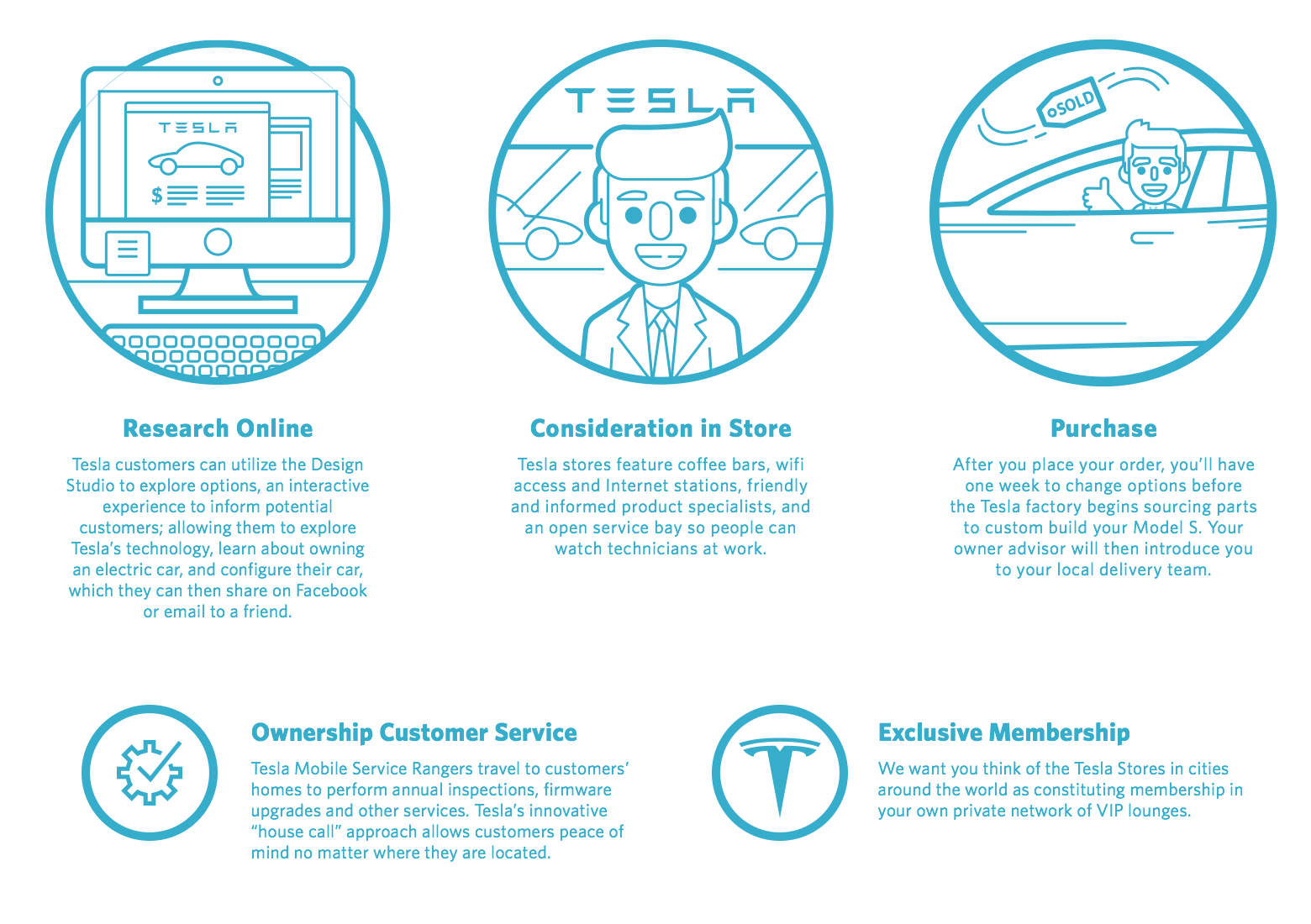There was a time when businesses could depend solely on the quality of their products to bring in new business. Success came from a company’s sole focus on delivering a dependable and highly functional product/service to the market.
Today, that’s simply not the case. The majority of large brands have become marketing machines, competing against each other’s’ hype instead of being user-centric in the design of their products and services. Product differentiation has become a “me too” gimmick and is no longer viewed as the success factor in big business today.
But change is coming. Consumer habits and preferences are evolving for the products and services they use. For example, while shoppers used to browse in stores before deciding what to buy, Deloitte reports that more than 49 percent of consumers have researched which product before they even step into a store. The modern consumer has access to nearly all the information on the planet in their pocket, which is becoming a force field for interruption and coercive marketing. They are no longer held hostage to what is available to purchase, hire or engage locally. They have a choice and want that choice to align with their personal values and a meaningful experience.
Great CX design is about injecting purpose and empathy into everything you do
A new generation of businesses that were mere startups a few years ago and are now billion dollar darlings have a new trick up their sleeve that they’ve learned from the luminaries of yesteryear. They are focusing on the customer experience in both their product/service design and business model, instead of a heavy emphasis on marketing and sales strategy, a road paved by service heroes such as The Four Seasons and Nordstrom. Fortunately, their success is starting to encourage big business to rethink their approach.
Focusing on the customer experience and its design affords businesses the opportunity to differentiate in a more meaningful way. It has even been predicted that customer experience will overtake price and product as key brand differentiators by 2020. The businesses that will triumph in their verticals are those who elevate their customer experience from ordinary to extraordinary.
What is Customer Experience Design?
Customer Experience Design is the practice of designing products/services with the focus on the quality and thoughtfulness of the user experience. Every touchpoint within the customer’s interaction with a product/service is designed to deliver experiences based on the brand’s promise. It requires companies to weave in storylines through online and offline experiences that bring the brand to life.
Experience design (XD) is not just a medium, like an advertising campaign or an online app, but rather a strategy to keep customers engaged with a brand through impactful interactions. This means that every product, service and action is designed to deliver an exceptional experience; your packaging, online properties, mobile app, web and print ads, check-out experience, customer service policies, all the way down to how staff greets customers and what they wear, to how a store looks, smells and sounds are just some of the details to consider in customer experience design. It’s a strategy in which everyone at the company, no matter their role, must be involved in order to deliver a unified customer experience. The idea is to wow customers or clients at every point of their journey.
Sounds complicated? Let’s look at Tesla. As CEO Elon Musk says, “Purchasing a Tesla should be a delightful experience,” and the brand has done everything possible to make that a reality. Here’s a glimpse at how Tesla’s customer experience delivers on that brand promise:
Brands That Focus on Customer Experience are Reaping the Benefits
Studies indicate that when brands focus on crafting a meaningful end-to-end customer experience, their bottom line will benefit. Just take a look at recent stats:
- 58 percent of consumers are willing to spend more on companies that provide excellent customer service, according to American Express.
- Satisfying customer experiences can also lead to more word of mouth, as 23 percent of customers who had a positive experience told 10 or more people about it, reports Harvard Business Review.
Delightful Experience Crafted From the Brand Promise
Great customer experience design is about injecting purpose and empathy into everything your company does. McKinsey research has shown that 70 percent of buying experiences are based on how the customer feels they are being treated—and a large part of that has to do with showing the customer you (as the brand) care about them, and value their business.
But here’s the best part. Caring about your customer doesn’t have to be an expensive endeavor—it just requires creating moments of delight. Those moments, whether a larger gesture, such as Buick’s 24 hour test drive, or something smaller, such as responding to customer inquiries within an hour on Twitter, stem from the brand promise.
Nordstrom, for example, has the brand promise of service above all else. They demonstrate this through every customer touch point, including their open return policy, free gift-wrapping, and the policy of walking a customer’s bag around the counter to thank them for the sale. We here at Digital Telepathy have adopted the noble cause to “elevate life’s experiences.”
Any Brand Can Elevate Customer Experience
Customer experience design is an effective way to grow a company’s bottom line by putting the customer first, above all else. And any brand—B2B or B2C—can do this. If customers are happy and delighted with their buying experience, they will become loyal advocates for your brand and help you expand your market share.
That’s the beauty of XD: Your customers hold the key to your success. The best companies don’t over-market with Black Friday sales, catchy jingles or expensive Super Bowl ads. They deliver extraordinary experiences for their customers and get rewarded with loyalty and affinity.
Adopting practices that elevate the customer experience will undoubtedly produce a return on investment and provide a steady foundation upon which your brand can continue to grow.
Image of group of creative designers courtesy of Shutterstock.








